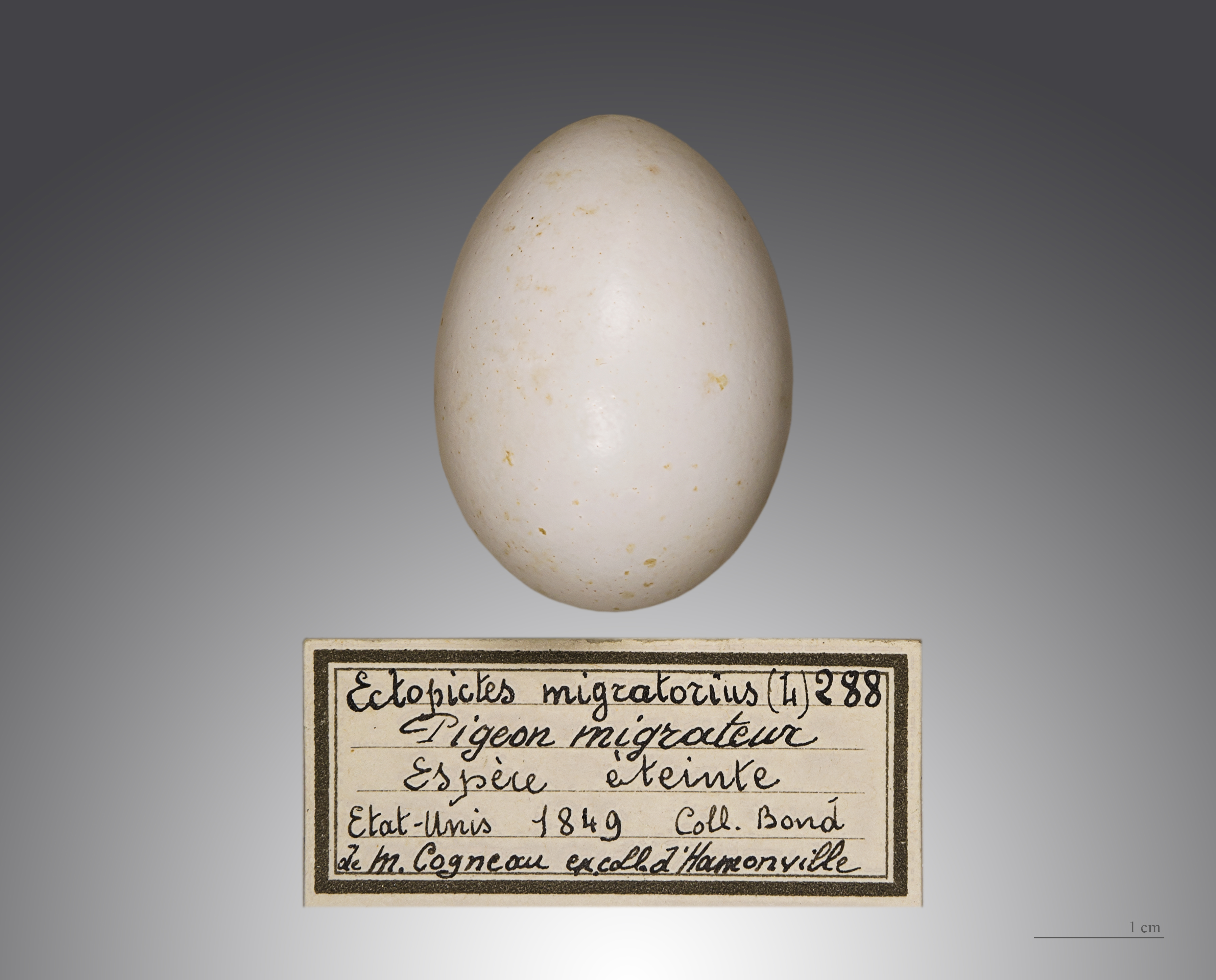
David L. Roberts, Ivan Jarić and Andrew R. Solow, attempt to test the hypothesis that passenger pigeon became functionally extinct, “defined as permanent reproductive failure prior to true extinction” (p. 3) before their actual extinction in the wild around 1902.
Martha, the last captive passenger pigeon, of course, survived until 1914, and you could say that the passenger pigeon truly became functionally extinct by 1910 when George, the last captive male pigeon died. Roberts and colleagues, however, are trying to test a hypothesis some researchers have raised in recent years, that wild passenger pigeons needed to gather in enormous flocks to reproduce successfully. According to this argument, once those great nestings were no longer possible because of overhunting and harassment at the nesting sites by humans, the passenger pigeon was doomed to extinction, even though many thousands of them were still alive.
Therefore, it’s interesting that, based on their statistical test, the authors conclude that the passenger pigeon actually was not functionally extinct. I’ll leave it to mathematicians to evaluate the actual statistical method, but a big question is whether the data they used in their study is robust enough to support that conclusion. That data is records of eggs and skins in museum collections across the world (obtained from the Ornis2 database) collected between 1825 and 1900, with most of the samples from roughly the 1860s to 1890s. Their sample consists of 213 skins and 44 eggs. For reasons that are not clear in the article, they further reduce their sample to specimens collected from 1890 onwards (the “observation period”). Their sample size? Twenty-seven skins and six eggs. Unaddressed is the issue of data quality. The museum specimens were not systematically collected and really can’t be considered a random sample representative of the wild population at the time. The data in Ornis2 also may not be complete; there is an egg collected in Minnesota in 1895 (see Greenberg), for example, that is not included in the six eggs from the 1890s used in their study.
It is important to develop new methods of studying extinction, and if this work does that, it will be valuable, but I caution against putting too much weight on the conclusion regarding the extinction of the passenger pigeons.
On the functional extinction of the Passenger Pigeon (accepted manuscript in Conservation Biology)